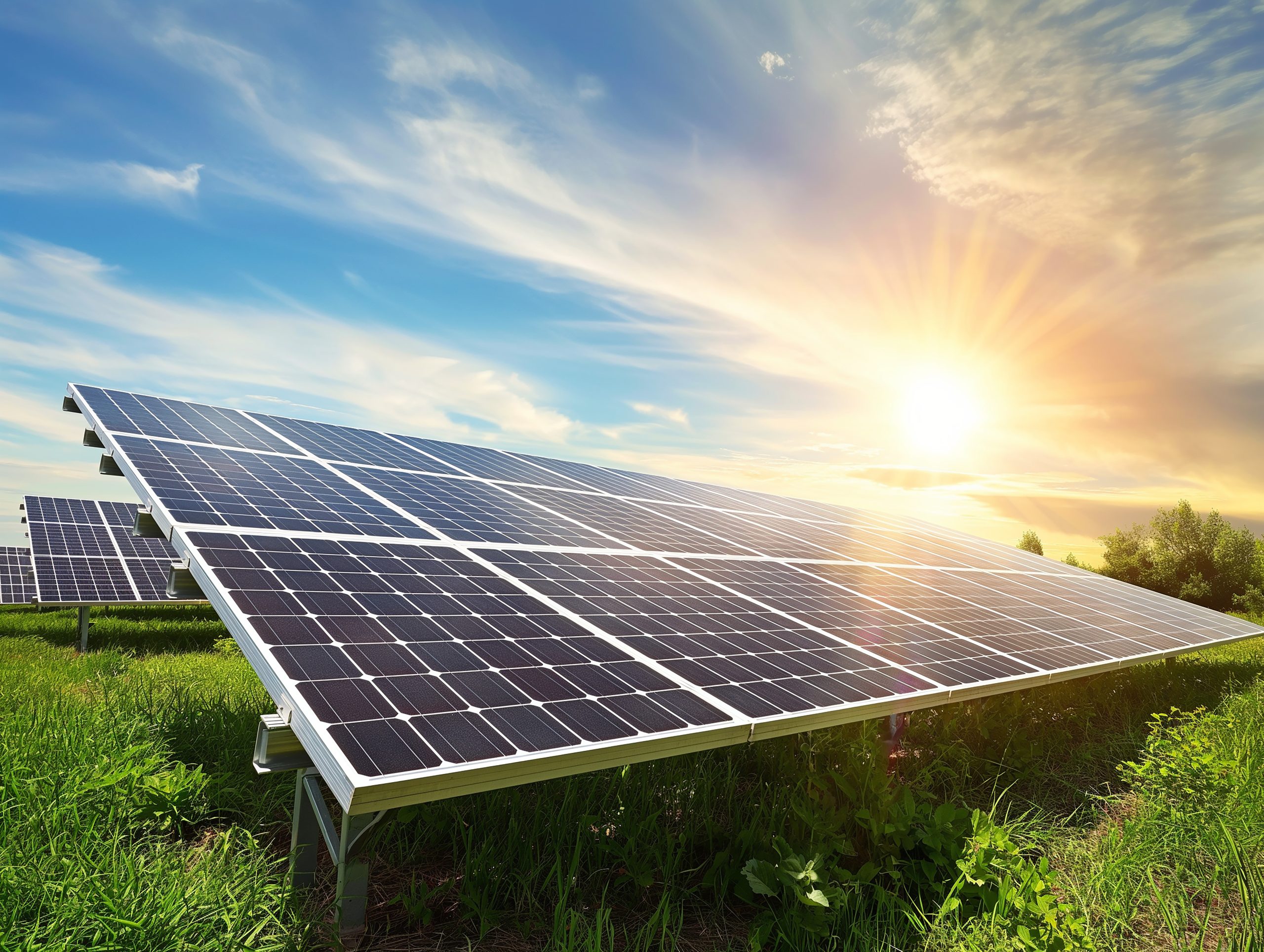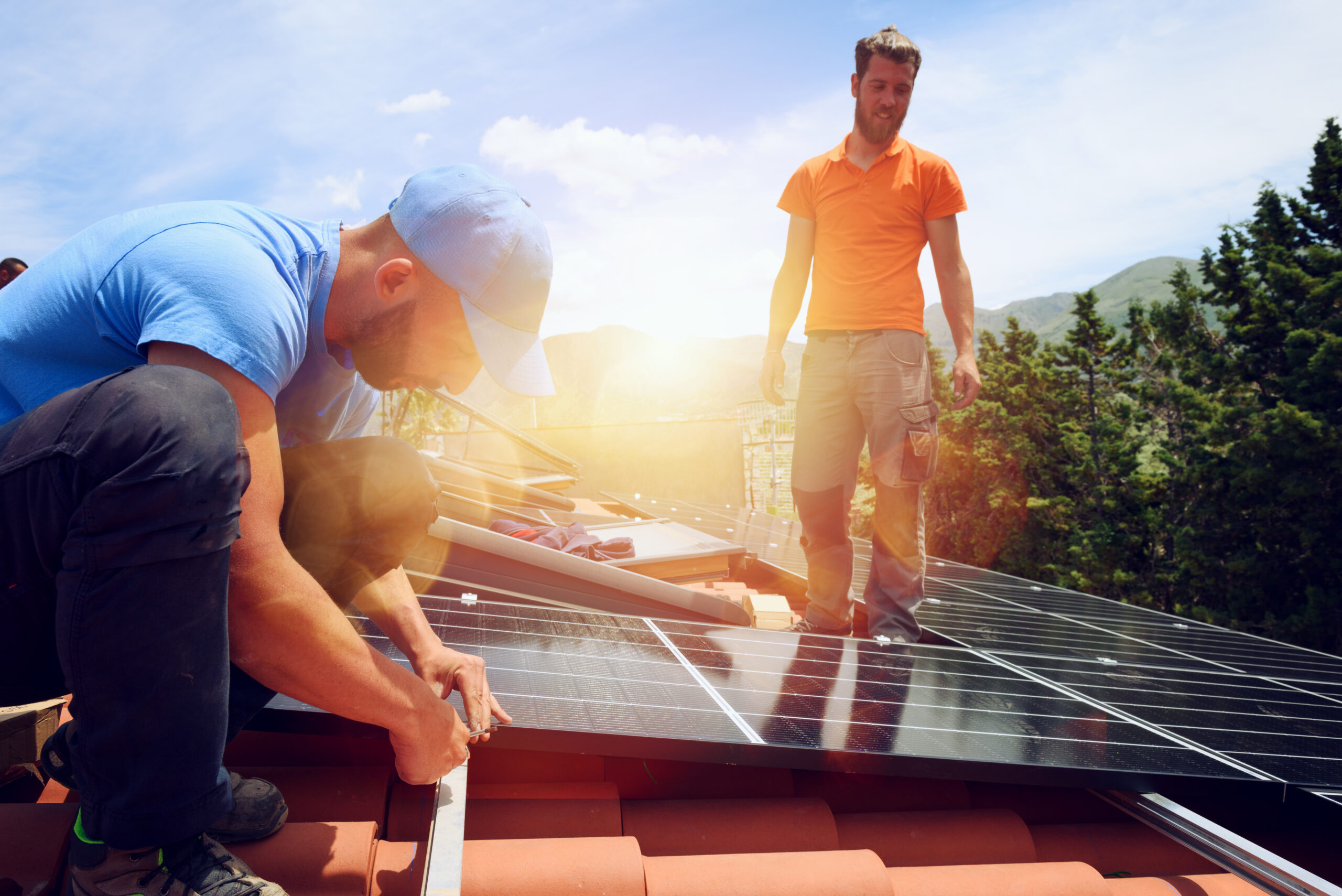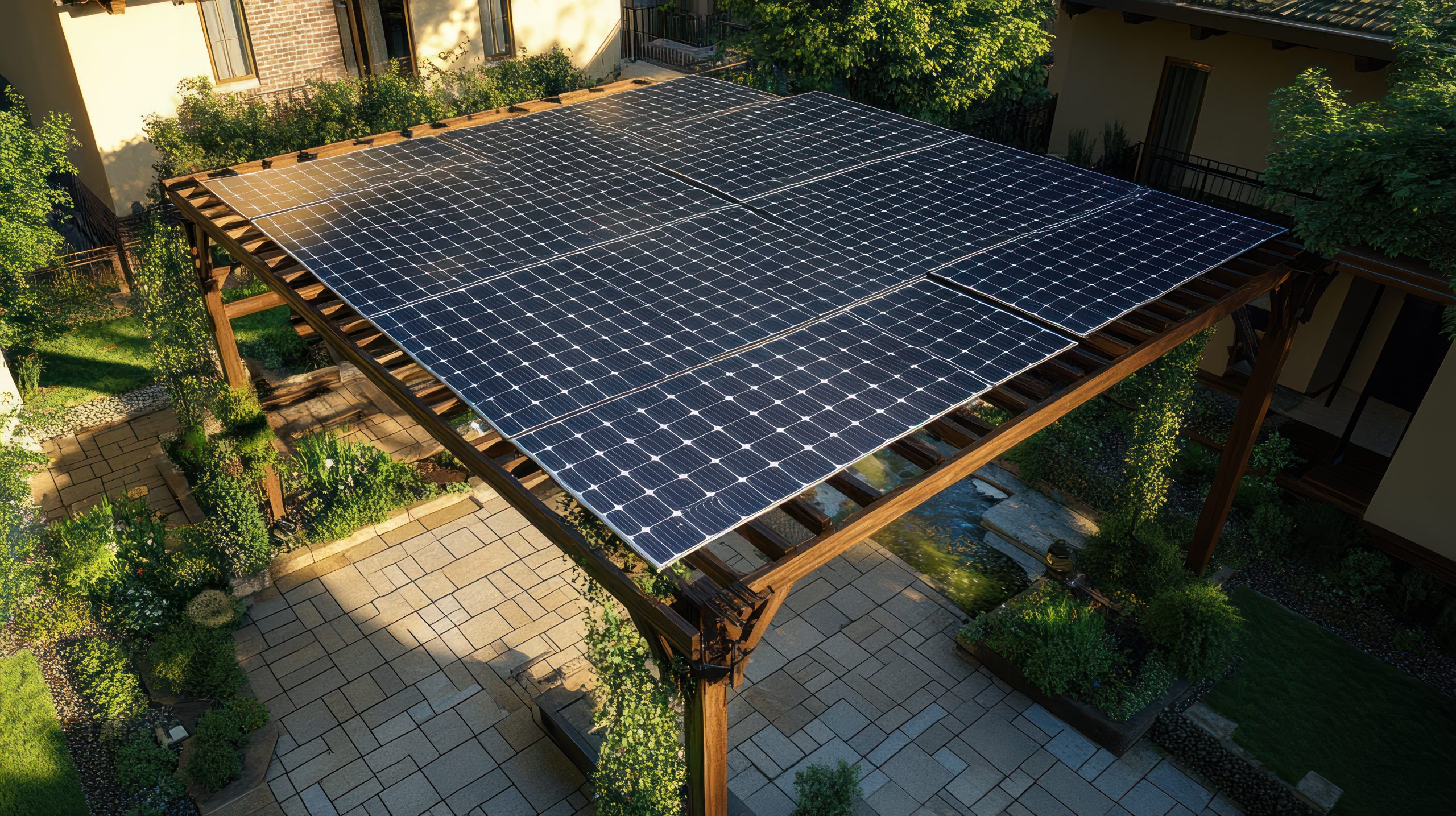
What Is Ground-Mounted Solar? A Complete Guide for Homeowners & Businesses
- 1.Solar Panel Technologies: Unveiling the Power of the Sun
- 2.Overcoming Challenges: Navigating the Complexities of Connecting Solar to the Grid
- 3.Top 10 Weirdest Innovations in Solar Energy Technology
- 4.Once You’ve Decided to Go Solar: What Are the Next Steps and What to Expect?
- 5.The Comprehensive Benefits of Adding Solar to Your Home or Business
- 6.The Impact of Solar Energy on Property Value: How Installing Solar Panels Can Boost Residential and Commercial Real Estate
- 7.How to Make Sure Your House or Office Building is in Top Shape and Ready for Solar Energy
- 8.How Seasonal Changes Affect Solar Panels and the Grid
- 9.New Year, New Energy: Why 2025 Is the Perfect Year to Go Solar
- 10.Keeping the Lights On: How Solar Energy Shields You from Power Outages
- 11.Top Solar Technology Trends to Watch in 2025
- 12.Spring into Savings: Why Now is the Best Time to Go Solar in Puerto Rico
- 13.Understanding the Process of Connecting Solar to the Grid: A Step-by-Step Guide
- 14.Solar and Gardening: Can Panels and Plants Coexist?
- 15.Summer Energy Savings: How Solar Power Can Lower Your Utility Bills This Summer
- 16.What Is Ground-Mounted Solar? A Complete Guide for Homeowners & Businesses
- 17.How Much Electricity Does Your Business Need to Go Solar?
- 18.Why Fall is the Best Time to Install Solar Panels
As solar energy adoption continues to rise, homeowners and businesses are looking for systems that not only meet their energy goals but also fit their property’s layout and needs. While rooftop solar often gets the spotlight, ground-mounted solar systems are gaining popularity for their versatility, efficiency, and ease of maintenance.
If you’re considering solar for your home, commercial property, or agricultural land, this guide will help you understand what ground-mounted solar is, how it compares to rooftop systems, and whether it’s the right fit for your project.
What Is a Ground-Mounted Solar System?
A ground-mounted solar system is a photovoltaic (PV) array that is installed directly on the ground, rather than on a roof. The panels are typically mounted on a metal frame that is anchored into the ground using piers, concrete footings, or ballast systems.
There are two main types of ground-mounted systems:
- Standard (Fixed-Tilt) Systems: Panels are set at a fixed angle facing the sun.
- Tracking Systems: These use mechanical systems to follow the sun throughout the day, maximizing energy production.
Ground-mounted systems can be installed virtually anywhere where there is enough open land and sunlight, making them a popular choice for properties with available space and limited roof capacity.
Ground-Mount vs. Rooftop Solar: What’s the Difference?
While both rooftop and ground-mounted solar systems use the same core technology to convert sunlight into electricity, the way they’re installed, and function can differ significantly. Rooftop systems are installed directly onto the existing structure of a building, which can limit their size and orientation based on roof space, pitch, and shading. In contrast, ground-mounted systems are installed on open land, offering much more flexibility in terms of placement and angle. This allows installers to optimize the panels’ orientation for maximum sun exposure, which can increase overall efficiency. Ground-mounted systems also allow for better airflow around the panels, helping them stay cooler and potentially improving performance.
One major advantage of ground-mounted solar is accessibility, maintenance and cleaning are easier compared to rooftop systems, which may require special equipment or safety precautions to reach. However, ground systems do require a clear area of land and may involve more permitting and site preparation, including trenching and foundation work. Rooftop systems are generally quicker to install and don’t take up yard space, making them ideal for urban or suburban homes with limited land. Ultimately, the decision between rooftop and ground-mounted solar depends on your property’s characteristics, your energy goals, and whether you prioritize space efficiency or maximum energy output.
Benefits of Ground-Mounted Solar Systems
- Optimized Sun Exposure
Unlike rooftop systems, ground-mounted arrays can be perfectly positioned for maximum sunlight. Installers can tilt the panels at the ideal angle and orientation for your location, which leads to greater energy output.
- No Roof Constraints
If your roof is shaded, too small, or structurally unfit for solar panels, ground-mounted systems offer an excellent alternative. They don’t depend on your building’s condition, shape, or materials.
- Scalability
Need more power down the road? Expanding a ground-mounted system is usually easier than modifying a rooftop system. This makes them ideal for growing businesses or homeowners planning for increased energy needs.
- Easy Maintenance
Ground-mounted panels are easier to access for cleaning, inspections, and repairs, which helps maintain their long-term performance and reliability.
- Better Cooling and Efficiency
With improved airflow around the panels, ground systems tend to operate at lower temperatures, which can slightly boost efficiency compared to rooftop installations.
Things to Consider Before Installing a Ground-Mounted System
✅ Land Availability
You’ll need adequate open space generally, a minimum of 500 to 1,000 square feet for a typical residential system. Flat, unshaded areas with good southern exposure (in the Northern Hemisphere) are ideal.
✅ Permitting and Zoning
Ground-mounted systems often require more permitting and site preparation than rooftop systems. Local zoning laws may also affect placement, especially in suburban or historic areas.
✅ Installation Costs
While the cost of solar panels is similar to rooftop systems, ground-mounted installations typically involve higher upfront costs due to materials (like support structures) and labor-intensive site work (trenching, foundations, etc.).
However, this can be offset by improved performance and easier future upgrades.
✅ Aesthetic Preferences
Some homeowners may not want to see solar panels in their yard. However, with strategic placement, fencing, or landscaping, the visual impact can often be minimized.
Who Should Consider Ground-Mounted Solar?
Ground-mounted solar is a strong option for:
- Homeowners with large properties and limited roof space or roof issues
- Farms and agricultural operations looking to offset energy use
- Commercial and industrial facilities with open land or unused fields
- Off-grid or rural properties where electricity access is limited
- Solar developers building utility-scale or community solar projects
Final Thoughts
Rooftop solar may be the default choice for many, but ground-mounted solar systems offer powerful advantages for those with space and flexibility. With superior positioning, easier maintenance, and scalability, ground-mounts can deliver long-term energy savings and environmental benefits for both homeowners and businesses.
If you’re exploring solar options, don’t overlook the ground beneath your feet. The key to choosing the right system lies in understanding your property, your energy goals, and the long-term return on investment.


